This is part 2 in a series of posts on the prototype Kolari Vision thin-stack sensor modification for the Sony a7II. The series starts here.
There are many reasons to expect that lenses designed for the zero-thickness sensor stack of film will do better with a thinner stack on a digital sensor, and the previous post bears that out. However, the native Sony FE lenses are designed for the standard sensor stack thickness of the alpha 7 cameras, and putting a thinner stack on the camera might hurt their corner resolution.
To find out, I took a native FE lens with a what seems to be a fairly short distance between the exit pupil and the focal plane, the Sony/Zeiss 35 mm f/2.8 FE. This is as close as I can come to a worst-case test, since the corner effects can be expected to diminish as the exit pupil gets farther from the focal plane, as is usually the case with zooms, larger lenses, and longer focal lengths.
Here’s the scene with both the standard a7II and the Kolari-modified one, both at f/2.8:
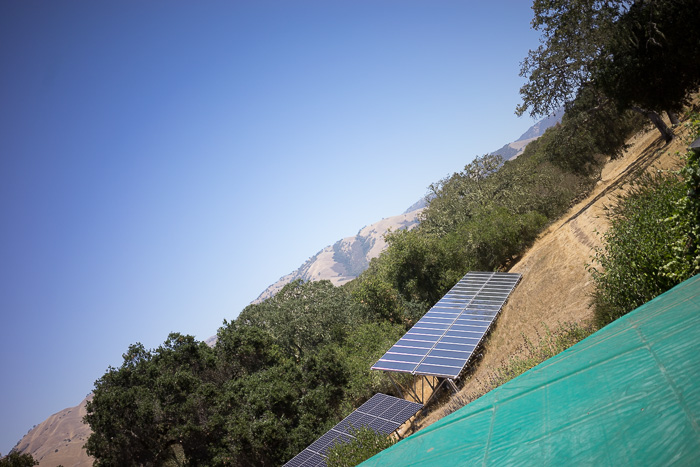
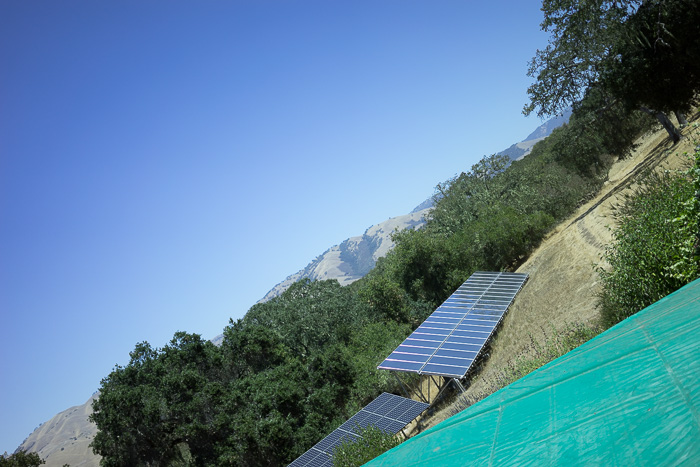
The same color balance difference that we saw in the previous post is still with us. I’d be surprised if it weren’t. Camera on a tripod. ISO 100. Developed in Lightroom with default settings except for Daylight white balance.
Looking at the extreme lower left corner at 3:1 magnification at all the whole stops:
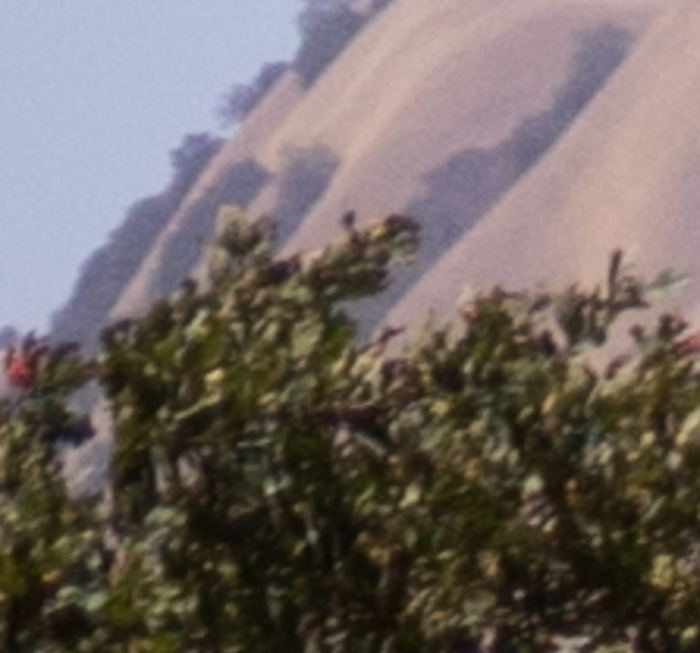
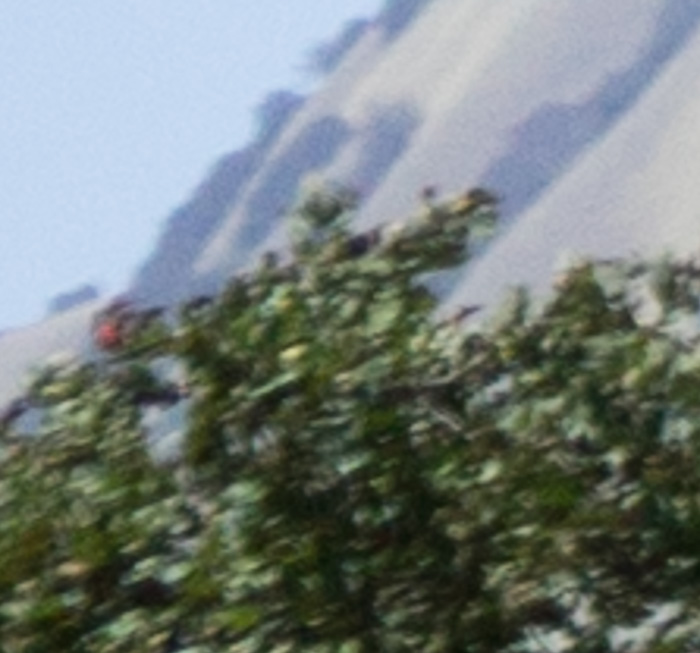
The Kolari image is a tad softer, but not something that you’d notice unless you were pixel-peeping.
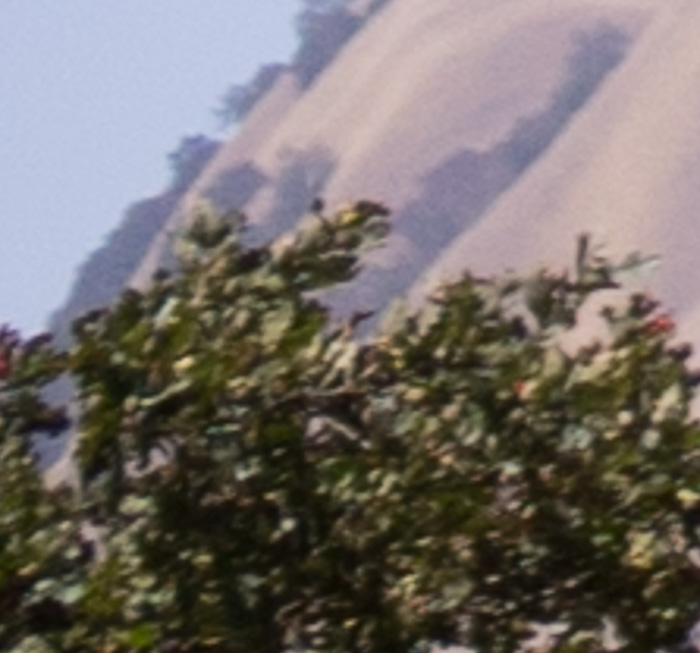
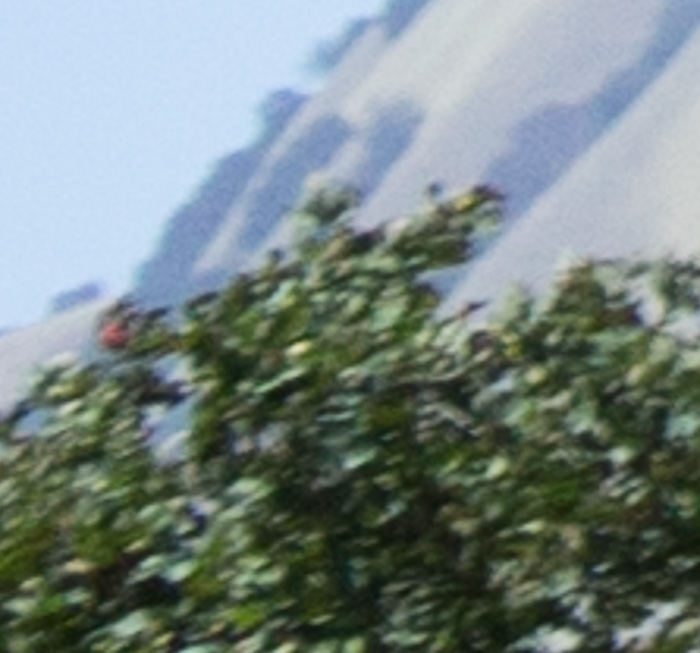
The Kolari image is still a bit softer.
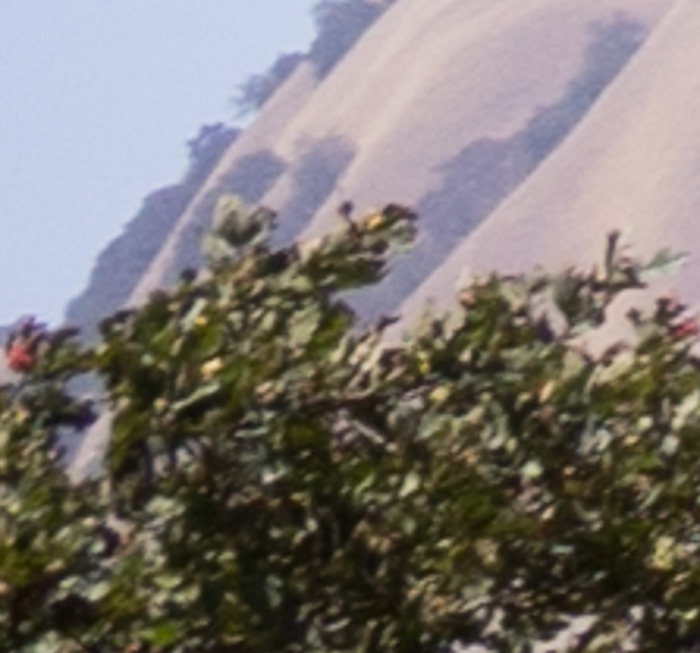
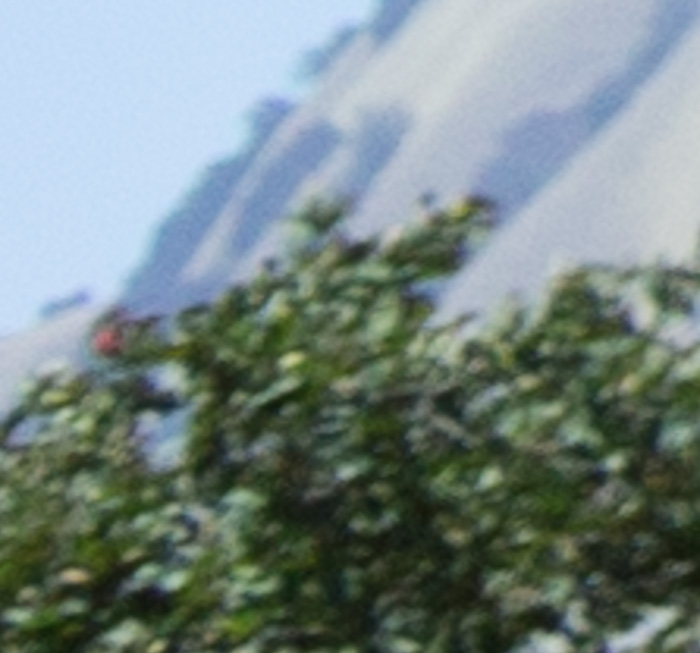
Still softer for the modified camera.
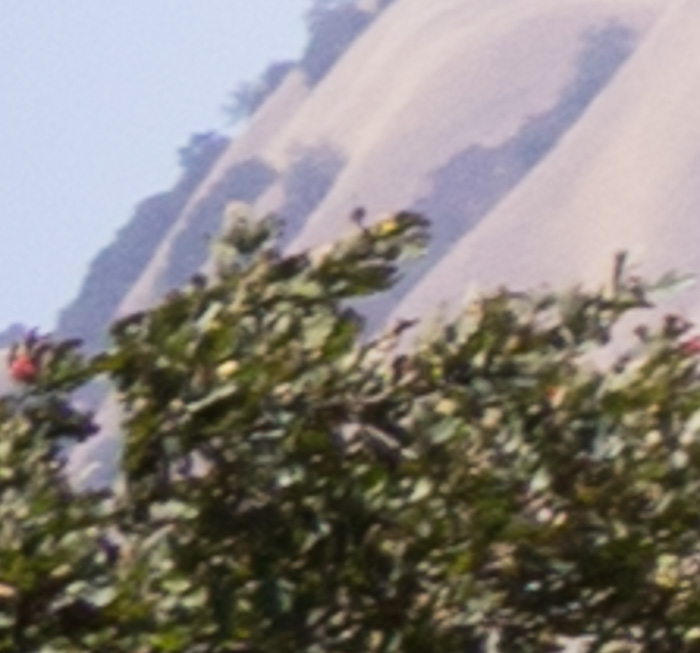
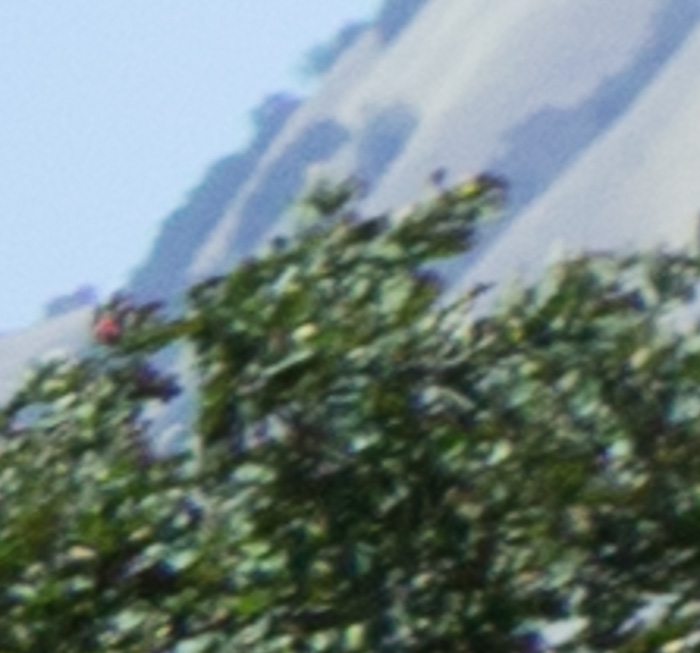
Still the Kolari is softer.
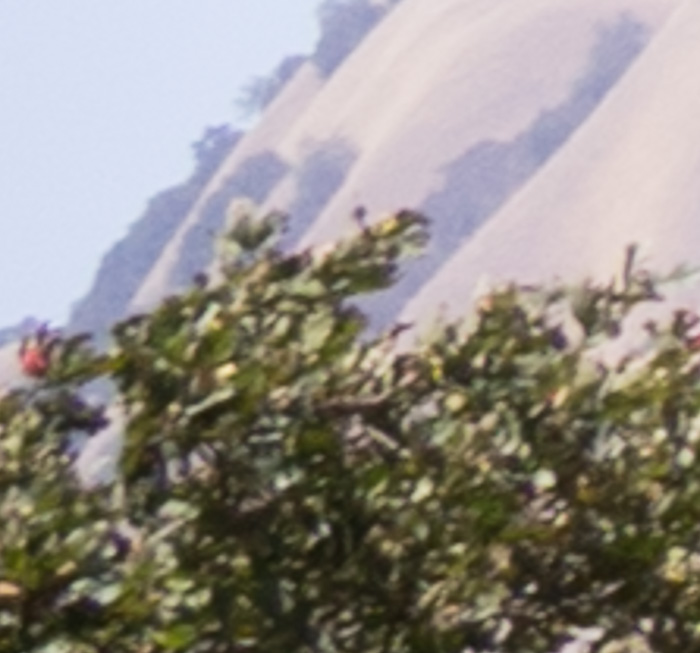
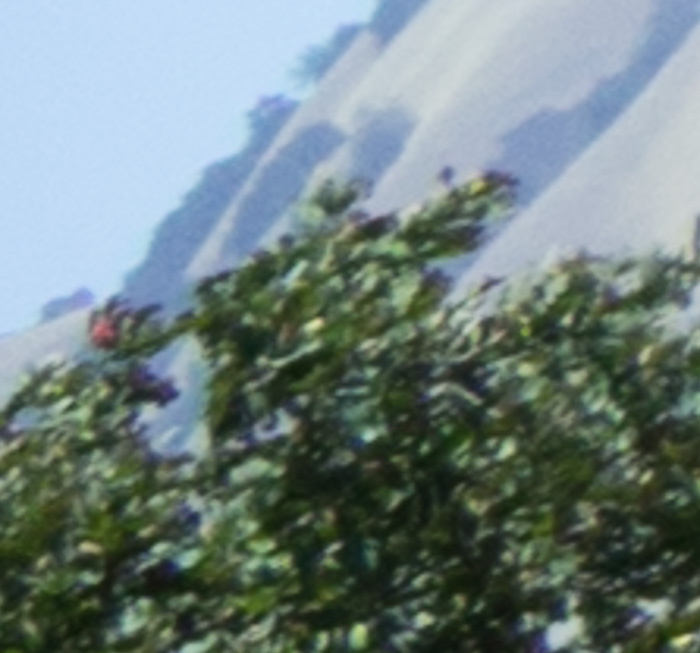
Now they’re about the same.
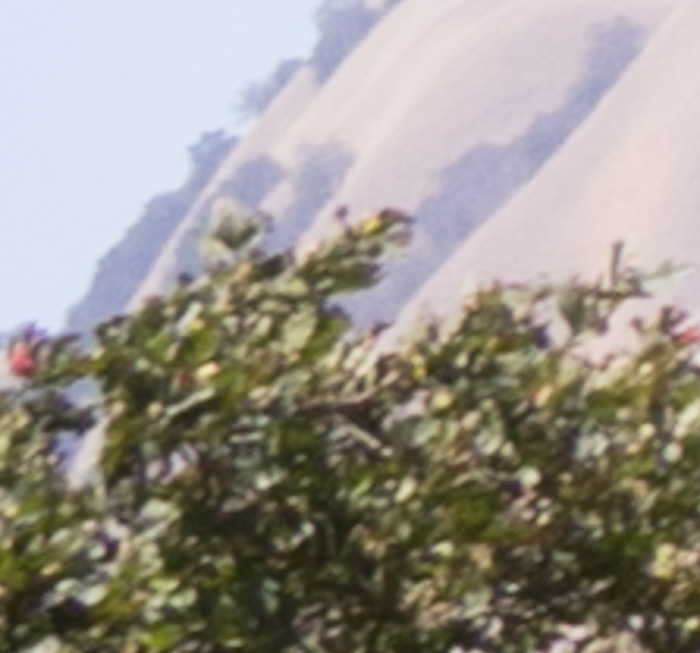
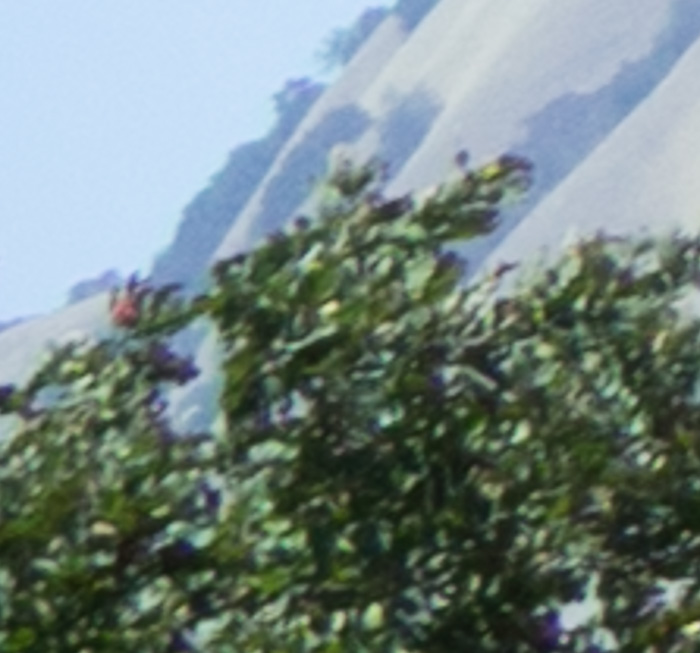
The same.
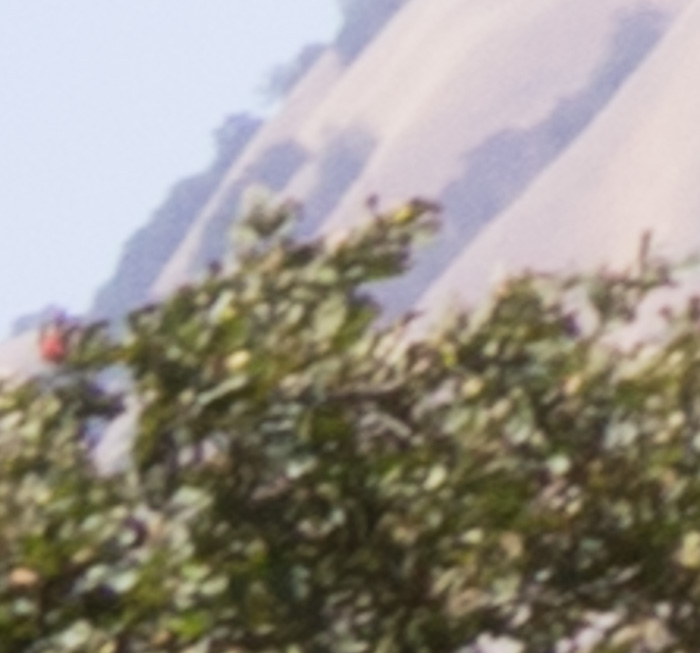
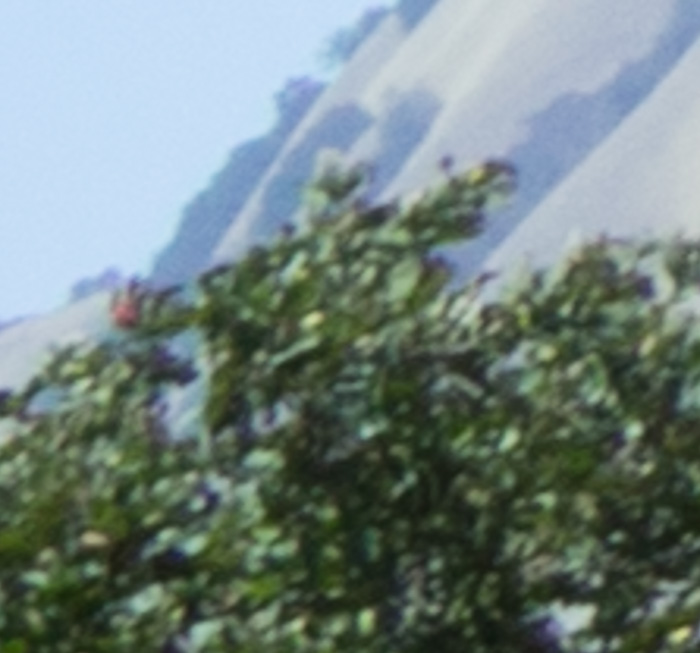
I’d say the Kolari image is slightly better, but they’re both pretty soft because of diffraction.
Frank says
The indication is that lenses which are further (longer focal length) from the sensor will be less impacted by this change. Is this correct? I am specifically interested in the zony 55 and the zeiss batis 85. Would these be impacted by the Kolari modification?
Thanks for the great work,
Frank
Jim says
Yes.
I seriously doubt it.
Jim